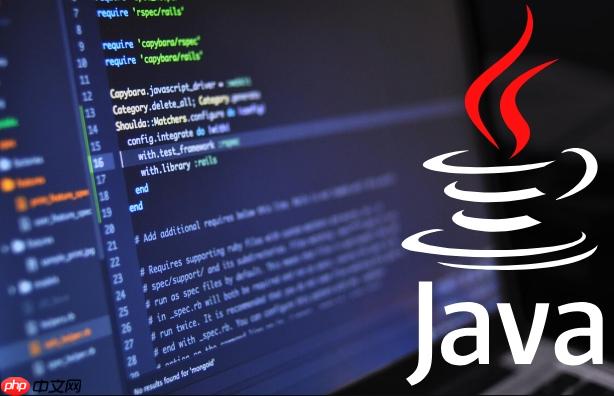使用ConcurrentLinkedQueue可实现无锁线程安全事件队列,适合高并发场景;若需阻塞等待则选用LinkedBlockingQueue;最简洁方式是封装单线程ExecutorService,由JDK保证线程安全与顺序执行。

在Java中实现线程安全的事件队列,核心是确保多个线程可以安全地添加和处理事件,避免数据竞争和不一致状态。最简单有效的方式是使用并发集合类,并结合适当的同步机制。
它基于链表结构,使用 CAS 操作保证线程安全,性能优于传统的 synchronized 队列。
示例代码:
import java.util.concurrent.ConcurrentLinkedQueue;
public class EventQueue {
private final ConcurrentLinkedQueue<Runnable> queue = new ConcurrentLinkedQueue<>();
public void post(Runnable event) {
if (event != null) {
queue.offer(event);
}
}
public void dispatch() {
Runnable event;
while ((event = queue.poll()) != null) {
event.run();
}
}
}
注意:dispatch 方法通常由单个消费者线程调用,比如事件循环线程,这样能保证事件有序执行。
立即学习“Java免费学习笔记(深入)”;
它天然支持多生产者-单消费者或多个消费者的线程安全模型。
示例:
import java.util.concurrent.LinkedBlockingQueue;
public class BlockingEventQueue {
private final LinkedBlockingQueue<Runnable> queue = new LinkedBlockingQueue<>();
public void post(Runnable event) {
if (event != null) {
queue.offer(event);
}
}
public void dispatchLoop() throws InterruptedException {
while (!Thread.currentThread().isInterrupted()) {
Runnable event = queue.take(); // 阻塞直到有事件
event.run();
}
}
}
这种方式适合后台事件处理器,避免空转消耗 CPU。
可以将事件队列封装进一个单线程的 Executor,所有事件提交给这个执行器,自然保证顺序和线程安全。
示例:
import java.util.concurrent.ExecutorService;
import java.util.concurrent.Executors;
public class SafeEventDispatcher {
private final ExecutorService executor = Executors.newSingleThreadExecutor();
public void post(Runnable event) {
executor.submit(event);
}
public void shutdown() {
executor.shutdown();
}
}
这种方法最简洁,且由 JDK 保证线程安全和资源管理,推荐用于大多数场景。
基本上就这些。选择哪种方式取决于是否需要阻塞、是否关注事件顺序、以及系统的性能要求。使用标准库的并发工具类,能有效避免手动同步带来的复杂性和潜在 bug。
以上就是在Java中如何实现线程安全的事件队列的详细内容,更多请关注php中文网其它相关文章!

每个人都需要一台速度更快、更稳定的 PC。随着时间的推移,垃圾文件、旧注册表数据和不必要的后台进程会占用资源并降低性能。幸运的是,许多工具可以让 Windows 保持平稳运行。

Copyright 2014-2025 https://www.php.cn/ All Rights Reserved | php.cn | 湘ICP备2023035733号